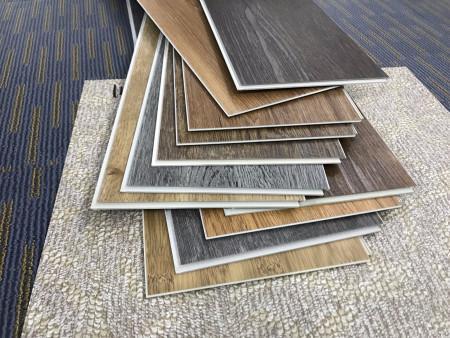

 Industry News
Industry News
Location:Homepage > Media Center > Industry News > What to Do When Your Hardwood Floor is Buckling
What to Do When Your Hardwood Floor is Buckling?

1. Understanding the Cause of Buckling
Before embarking on the repair process, it's crucial to understand why your hardwood floor is buckling. It could be due to moisture causing wood expansion, inadequate expansion gaps during installation, or issues with the subfloor. Identifying the problem is the first step to a successful repair.



2. Gathering Repair Tools
Screwdriver and Power Drill: For disassembling the affected floorboards.
Wood Floor Adhesive: Opt for a specialized adhesive designed for hardwood floors to ensure a strong bond.
Weights or Clamps: Necessary for applying pressure after the repair.
Hygrometer: Used to measure indoor humidity, ensuring the repaired floor is not susceptible to moisture issues.


3. Step One: Disassemble the Buckled Floorboards
Carefully use a screwdriver and power drill to disassemble the buckled floorboards. Exercise caution during disassembly to avoid damaging adjacent flooring.
4. Step Two: Clean the Subfloor and Back of the Floorboard
Thoroughly clean the subfloor and the back of the floorboard, ensuring a clean surface free from dust and grease. This will promote better adhesive adherence.
5. Step Three: Apply Professional Wood Floor Adhesive
Evenly apply a specialized wood floor adhesive to the back of the floorboard. Make sure to cover the entire surface of the board.
6. Step Four: Replace and Apply Pressure
Place the repaired floorboard back in its original position and use weights or clamps to apply sufficient pressure. This helps the adhesive bond effectively, ensuring a secure repair.
7. Step Five: Allow for Drying Time
Patiently wait for the adhesive to dry. Drying times may vary, so refer to the adhesive's instructions. Avoid walking or applying additional weight during this period.

8. Step Six: Recheck Humidity Levels
Use a hygrometer to check indoor humidity levels, ensuring the repaired hardwood floor is in a stable environment. In an adequately humid environment, the repaired floor will be more durable.

By following these simple yet effective steps, you can effortlessly repair the buckled hardwood floor in your home, bringing new life to your flooring. If you feel uncertain about the repair process, it's advisable to seek professional flooring repair services to ensure a more enduring result. May your home's hardwood floors always exude beauty and comfort!
